Nikon D300 Digital SLR Review
Nikon D300 Digital SLR
Start saving now, because you know you're going to want one.
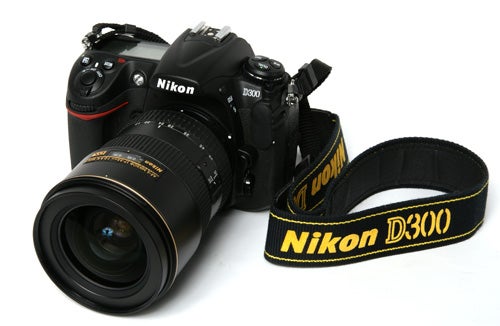
Verdict
Key Specifications
- Review Price: £1100.00
As I’ve remarked before, I get to see and use a lot of digital cameras in the course of my job, from the cheapest budget compacts to the very best professional DSLRs. As a life-long camera nerd I couldn’t be happier with this arrangement, but there is a drawback. The cameras that I review are loaned to me by the manufacturers; I keep them for a few weeks, and then I have to give them back. The problem with this is that sometimes I find a camera that’s so good I really want to keep it. That Editor’s Choice award isn’t given lightly; I only award it to cameras that I would very much like to own. The Nikon D300 is just such a camera. It’s going to be a sad day when I have to give this one back, because at a shade under £2,000 with the 17-55mm f/2.8 zoom lens there’s no way I’m going to be able to afford to buy one for myself.
The D300 is the third-generation product of Nikon’s successful semi-pro series which started off with the D100 back in early 2002. The D100 was a very long-lived model, and wasn’t superseded until the launch of the D200 in late 2005. The 10.2-megapixel D200 is still available, costing around £800 body-only, or around £1,650 with the same 17-55mm f/2.8 zoom lens seen in this review. The D300 joins it in Nikon’s range, providing a short step before the giddy heights of the 12.8-megapixel full-frame D3 professional camera, costing around £3,400 body-only. The D300 was launched at the same time as the D3 in August last year, and shares many of that camera’s features, however it has a 12.3-megapixel APS-C sized CMOS sensor, which as far as I know is the same Sony sensor as found in the Sony Alpha A700. The D300 is currently priced at around £1,100 body-only, around £1,275 with the 18-70mm AF-S D kit lens, or £1,950 with the gorgeous 17-55mm f/2.8 zoom lens seen here.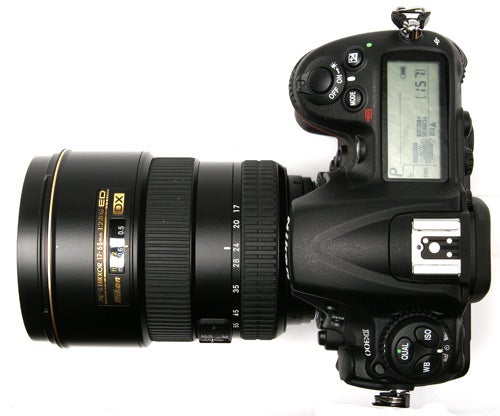
The most obvious comparison is with Canon’s semi-pro offering, the 10.1-megapixel EOS 40D. The D300 beats it by a couple of megapixels, but then the Canon is significantly less expensive, costing around £700 body-only or £950 with an EF-S 17-85mm f/4-5.6 IS USM kit lens. Perhaps a more realistic comparison is with the aforementioned Sony Alpha A700. The two cameras have very similar specifications, but the A700 is currently selling at around £930 body-only, or £1,450 with the excellent Carl Zeiss T* 16-80mm F/3.5-4.5 lens. Another competitor in the same market is the forthcoming 14-megapixel Pentax K20D. Pentax has yet to be announce a price for the K20D, but the almost-identical Samsung GX20 is launching in March priced at just £699 with a kit lens.
So what do you get for your £2,000? Well, pretty much everything an enthusiast photographer or even most professionals could feasibly want. With so many features and options it’s difficult to know where to start, because there’s no way I can realistically cover every aspect of this immensely capable camera even if I double my usual 1,000-word review. It is a physically imposing camera, measuring 147 x 114 x 74 mm and weighing a hefty 825g without lens, battery or memory card. Add the 755g weight of the 17-55mm lens and you’ve got three and a half pounds of camera hanging round your neck, which can get pretty tiring on a long day’s shooting. It is larger and heavier than the Sony A700 (141.7 x 104.8 x 79.7mm, 690g) and heavier even than the chunky Canon EOS 40D (146 x 108 x 74mm, 740g). However that weight translates directly into solid durability. The body and chassis is magnesium alloy, and it is built to survive a fair amount of abuse.
The body is environmentally sealed against moisture and dust, and it is classified as water resistant. It is certainly a camera you can take out in the field without worrying if it will come back in one piece. Despite its bulk and weight the D300 is a comfortable camera to hold and use, although you will very definitely need both hands. The handgrip is slightly smaller than that of the A700, and most of the body is covered with a textured rubber coating that provides a secure grip as well as a certain amount of impact protection. The base plate of the camera is also rubber-coated, and even with a heavy lens attached it grips tightly onto the mounting plate of a tripod.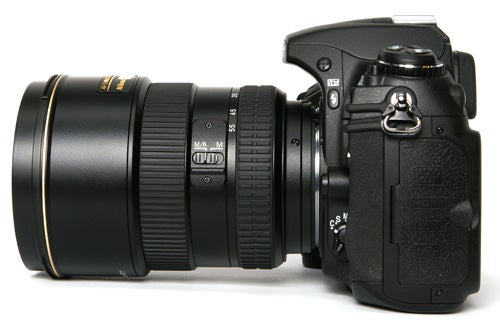
The layout of the controls is very similar to the D200, which itself was derived from the layout of the D2x. There are a lot of external controls, but the grouping and positioning is logical and sensible, and they are all clearly labelled. Adjustments to white balance, ISO and image quality, as well as exposure mode selection and exposure compensation are made by holding down the appropriate button and turning one of the two input dials, with the mode selection appearing on the large backlit LCD data panel. The two input dials, one on the front of the handgrip below the shutter button and the other under the right thumb, are also used for exposure adjustments, in a manner common to most high-end SLRs.
As with previous Nikon pro cameras, the operation of the controls can be extensively customised via the menu. In fact the menu itself can be customised via the menu. To be honest, it’s possible that the D300 may have just too much user-customised adjustibility. When you start delving into the menu system you can quickly get lost in a jungle of options and settings, and a thorough reading of the manual is essential. Without it, it took me several minutes of searching just to find the option to turn on the AF assist lamp. However there’s no doubt that the designers of the D300 have thought of everything. There’s an option to fine-tune the AF system to the peculiarities of particular lenses, for example, that I’ve never seen on any other camera.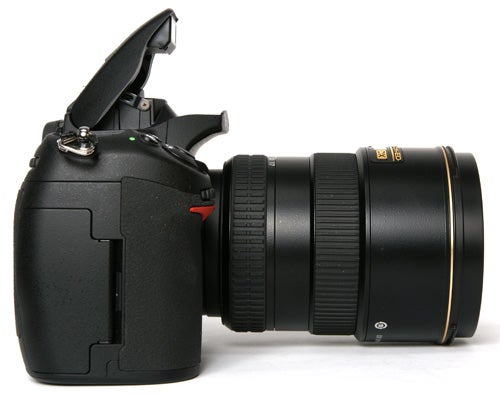
If the D300 has a stand-out feature, it is the remarkable 51-point Multi-CAM3500DX autofocus system which it shares with the D3, arguably the most advanced AF system in any currently available camera. It can track objects in three dimensions, and works in conjunction with the equally advanced 1,005-segment RGB metering and advanced Scene Recognition system to ensure optimum focus in a wide range of lighting and movement conditions. The 51 sensor points are closely packed together in a grid in the centre area of the frame, but the system can track the movement of subjects outside of this area. The central 15 AF sensors are cross-type, which are more sensitive and better able to cope with low light conditions, and the system can also be set to 9-point or 21-point mode. In actual use, in good light the system proved to be virtually infallible, bit I did notice that it slowed down noticeably in low light and had an inclination to hunt backward and forwards at longer focal lengths. It is also not as fast as some less complex rival systems, in particular the extremely quick AF system of the Sony A700.
For more advanced photographers, the other stand-out feature is the optional 14-bit image processing. This allows the use of 14-bit RAW files, offering greater colour depth and a wider latitude for post-processing exposure adjustment without image degradation. Other significant features include extendible ISO range from 100 to 6400, although the standard setting is 200 to 3200. Active D-lighting is very useful too, automatically adjusting shadow and highlight exposure in high-contrast shots, providing additional dynamic range. Other manufacturers do have similar systems, such as Sony’s Dynamic Range Optimiser, but possibly thanks to more advanced on-chip image processing the Nikon system appears to be particularly effective, preserving shadow and highlight detail in extremely high contrast situations. I’d have to compare it side-by-side with the A700 to determine which is better, but it certainly out-performed the DRO system on the Sony A200, which I was testing at the same time as the D300.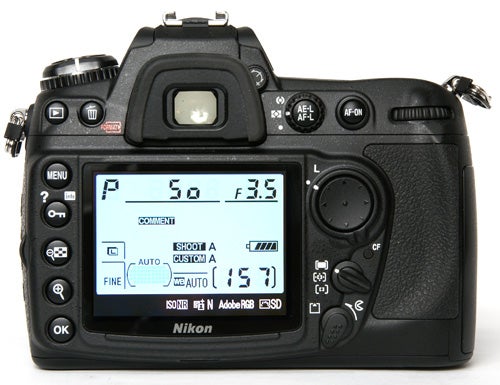
Another key feature is of course Monitor Live View, although it says something about the feature-packed nature of the D300 that it is mentioned almost as an afterthought. It has to be said that it’s not the greatest implementation of live view that I’ve ever seen, but at least it has live view, something which the Sony A700 lacks. Crucially it excludes the D300’s 51-point AF system, replacing it with a simple one-point contrast-detection AF system, so it is really best suited to studio use, with the camera mounted on a tripod and the focus pre-set.
The monitor itself is impressive though, a huge three-inch unit with a resolution of 920,000 dots and a 170-degree angle of view. The D300 has a number of built-in features for post processing shots in the camera in playback mode, including adding D-lighting, red-eye correction, adjusting colour balance, adding colour filters and even superimposing two images together. The big sharp monitor is very useful when using these features, and also for focus confirmation. The optional shooting data display on the monitor is faintly amusing though. It takes one of the sharpest and most advanced camera monitors on the market and uses it to graphically reproduce a simple LCD display panel. There’s a bit of irony in there somewhere.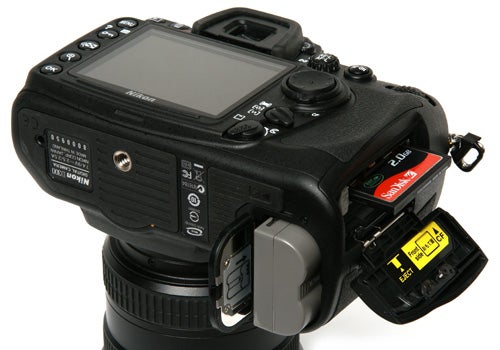
Other useful features that slip by in the crowd are HDMI output for connection to HD TV, adjustable self timer with a delay of up to 20 seconds, and exposure compensation of +/-5 EV in 1.3EV increments. The viewfinder is also superb, exceptionally large and bright with 100-percent frame coverage and full shooting data displayed along the bottom of the frame. Also hidden in the feature set is a function to automatically correct lateral chromatic aberration in the camera, very useful if you are using older lenses. I didn’t have an opportunity to test it, since the lens supplied with the camera was optically almost perfect, but I’ve seen real-world test shots of this feature and it appears to work very well indeed.
Although professional sports photographers will tell you that fast reflexes and a good eye for the right moment are more important, fast continuous shooting speed seems to have become a required feature of top-end cameras, and here as well the D300 excels. In standard 12-bit processing mode it can shoot at an impressive six frames a second, for up to 30 frames in RAW+JPEG mode, or unlimited in JPEG-only fine mode. With the addition of the EH-5 battery pack providing extra juice this already impressive figure climbs to 8fps, which is fast by any standard, and crucially faster than the 5fps of the Sony A700 or the 6.5fps of the Canon EOS 40D.
It is worth noting though that using the 14-bit processing mode slows the shooting rate down to a more leisurely 2.5 frames a second. Needless to say, in single shot mode the D300 can take photos just as fast as you can press the button, and it can keep it up for a long time. Although Nikon has no official statement on battery life other that to say it has been ‘improved’, I shot somewhere in the region of 250 photos while testing the camera, and the battery charge meter was still reading four out of five bars when I’d finished. What it saves on batteries the D300 makes up for with its voracious appetite for memory cards. Even in JPEG fine mode, a 1GB CF card in only enough for 92 shots. In RAW+JPEG this drops to just 32 shots in 12-bit mode, or just 26 shots in 14-bit mode, with a 5.5MB JPEG file accompanied by a 14.4MB RAW file.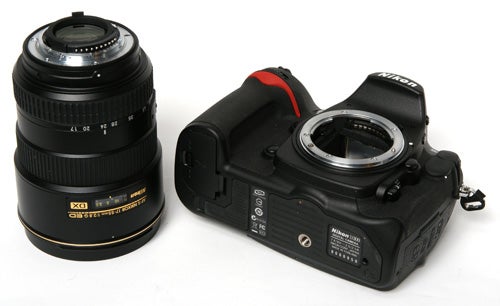
At the end of the review I inevitably come to picture quality, and the hardest part of the the testing process. With a camera as adaptable as the D300, final image quality is hard to quantify, because so many aspects of the final image production are dependent upon user options. Sharpness, noise reduction, saturation and colour palette are all adjustable. I took most of my test shots in the standard 12-bit mode using mainly default settings, and I found the overall picture quality to be extremely high, with reliably perfect exposure and focusing, and of course the lens performed brilliantly. Shooting in 12-bit RAW mode the colour depth, contrast and exposure latitude was impressive, and even more so in 14-bit mode. I found I was able to pull usable detail and good colour out of what looked at first like terminally blown highlights.
In terms of absolute detail there isn’t a massive advantage to 12 megapixels over 10, and in this respect the D300 performs pretty much exactly as well as the Sony A700, and produces just a fraction more detail than the 10MP cameras I’ve tried. I did find that using the default settings the images it produced were ever so slightly soft, but responded well to a light dusting of Unsharp Mask in Photoshop, which is a way that a lot of photographers like to work. Image noise control was extremely impressive though, with outstanding quality at 800 ISO and usable images even at 1600 and 3200 ISO. There was some loss of saturation and a scattering ov general noise at 6400 ISO, but overall the D300 was enormously impressive.
”’Verdict”’
In the D300, Nikon has a camera that will appeal to a wide range of photographers, from advanced amateurs to professionals looking for a cheaper and slightly lighter alternative to the D3. It has class-leading build quality and ergonomic design, a mind-boggling array of features and options, blistering performance and superb image quality. In terms of what it has to offer the D300 is unquestionably one of the four or five best cameras currently on the market. However it is a very expensive camera, and the competition – in the shape of the Sony A700 – isn’t far behind.
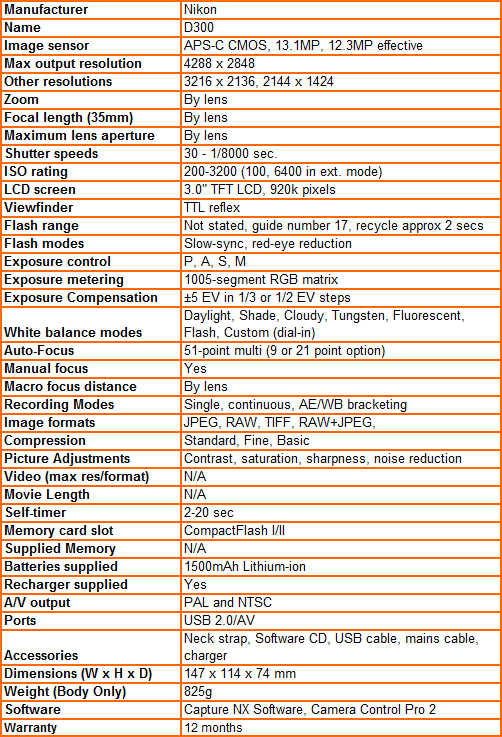
”A range of test shots are shown over the next few pages. Here, the full size images at the minimum and maximum ISO settings have been reduced for bandwidth purposes to let you see the full image, and a series of crops taken from original full resolution images at a range of ISO settings have been included in order for you to gain an appreciation of the overall quality.”
—-
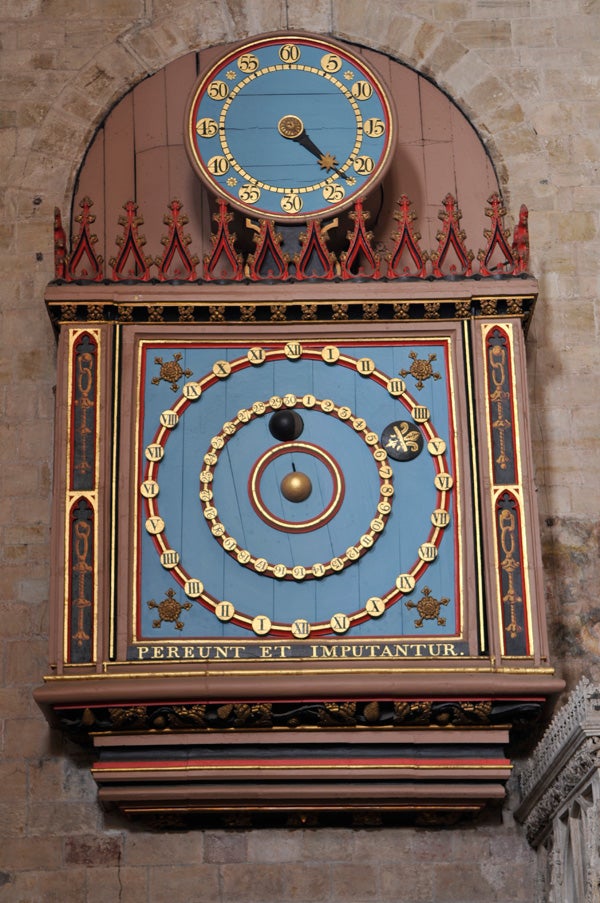
This is the full frame taken at the extended range 100 ISO setting.
—-
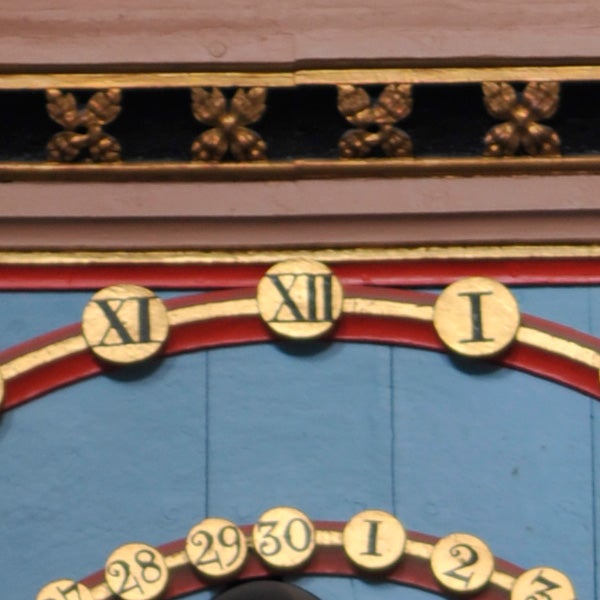
Even using a tripod and self-timer haven’t eliminated camera shale from this 100 ISO shot. There is no image noise at all though.
—-
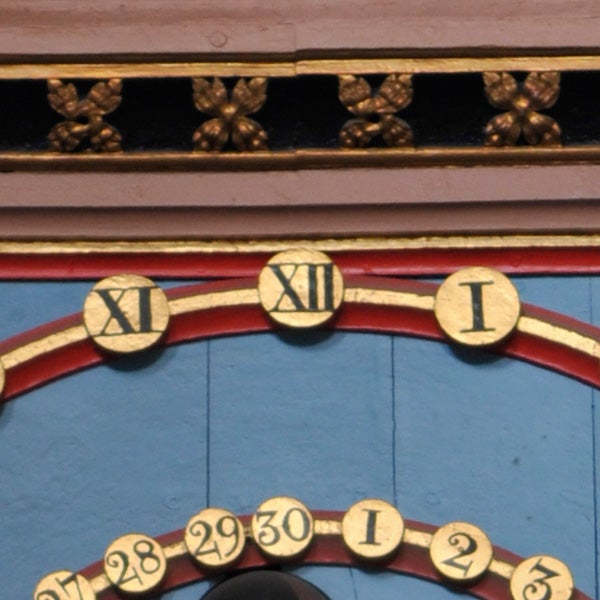
The lowest normal range ISO setting is 200, but here too the picture quality is flawless.
—-
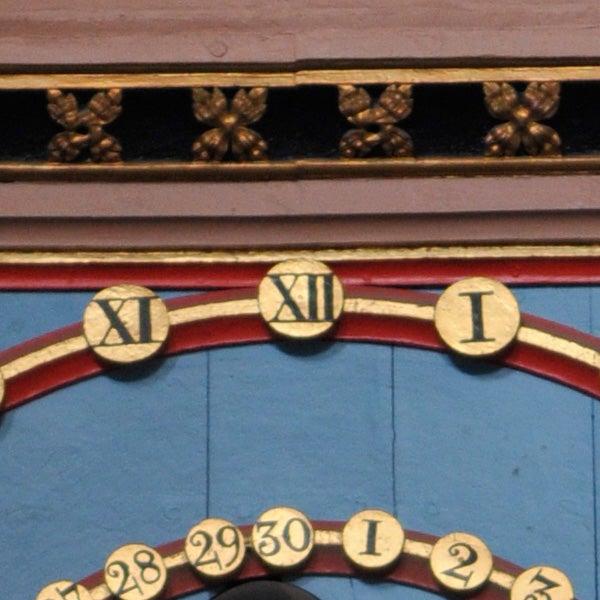
No visible difference at 400 ISO.
—-
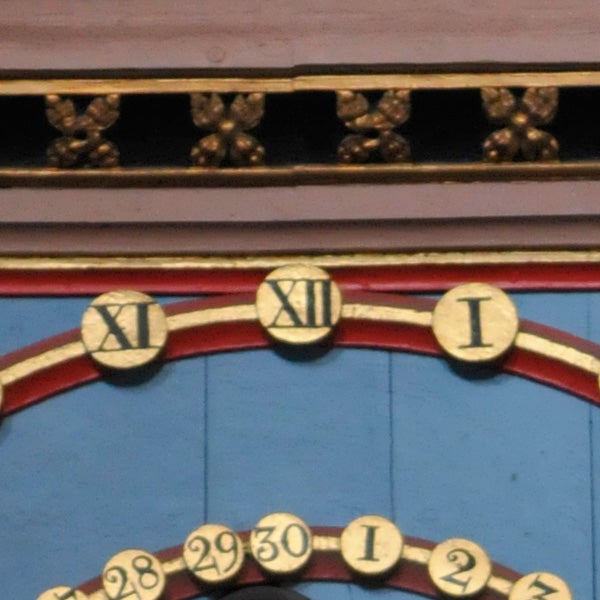
At 800 ISO there is a tiny amount of mid-range noise, but not nearly enough to cause a problem.
—-
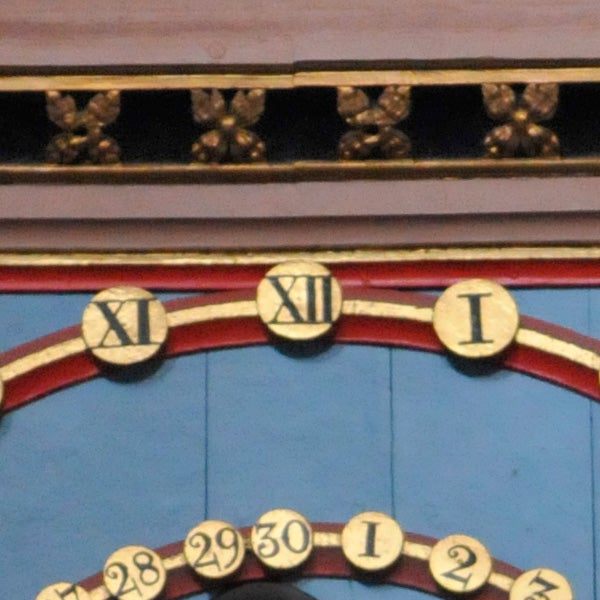
Fractionally more noise at 1600 ISO, but the photo is still perfectly usable.
—-
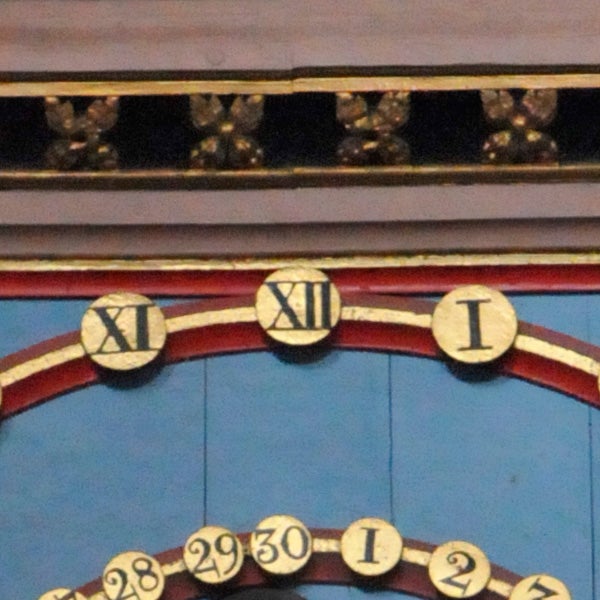
At 3200 ISO there is visible noise in the darker areas of the frame.
—-
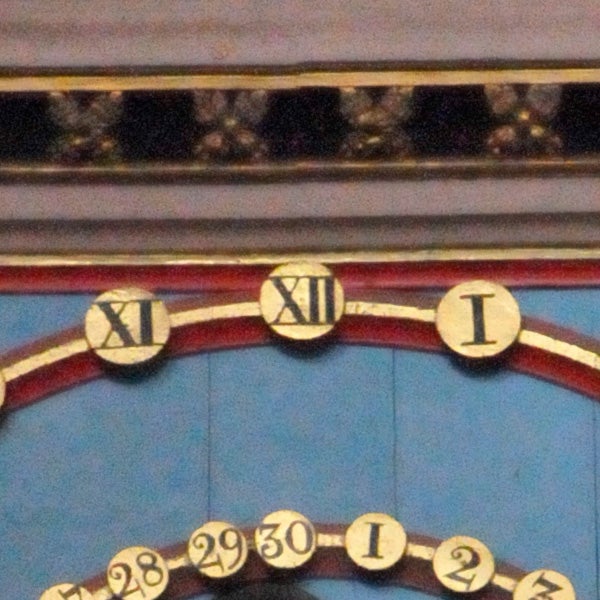
Another extended ISO range shot, this time at 6400 ISO. There is quite a lot of noise, and colour saturation is also affected.
—-
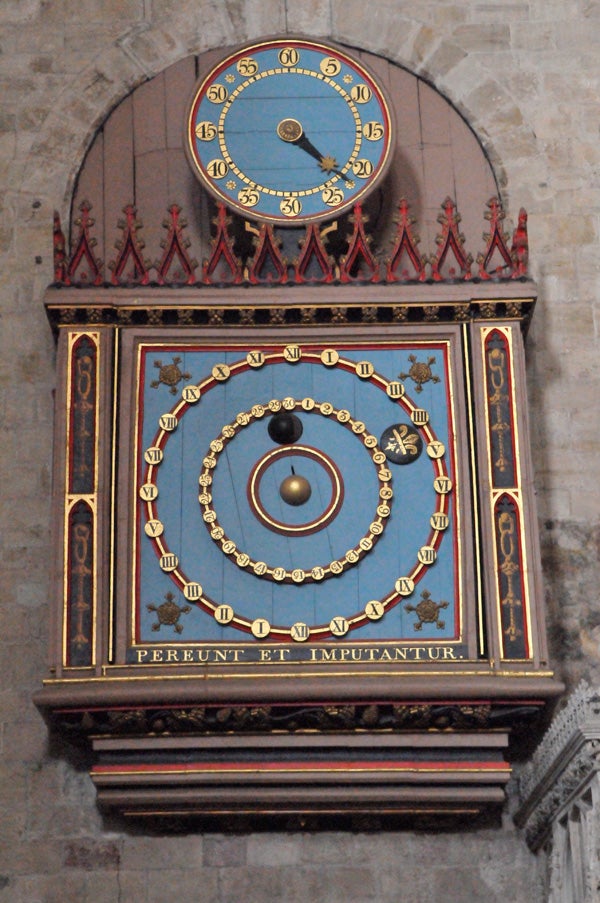
This is the full frame at 6400 ISO.
—-
”A range of general test shots are shown over the next two pages. In some cases, the full size image has been reduced for bandwidth purposes, and a crop taken from the original full resolution image has been placed below it to show the overall image quality. Some other pictures may be clicked to view the original full-size image.”
—-

Here’s my usual DSLR test shot of Sidmouth sea front. You can click on the image to view the full-res photo, or see the crop below. This shot was taken using the AF-S Nikkor 17-55mm f/2.8 ED lens, and is processed from a 12-bit RAW shot using Photoshop CS3.
—-
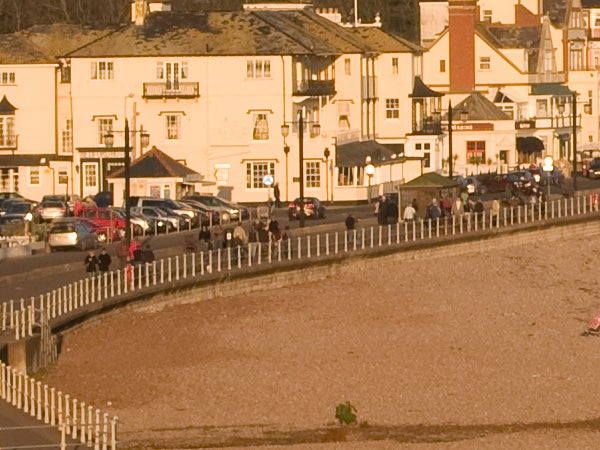
If you compare this with various 10MP DSLRs you’ll see there isn’t a a huge advantage to 12 megapixels. However a more telling comparison is to the Sony Alpha A700.
—-
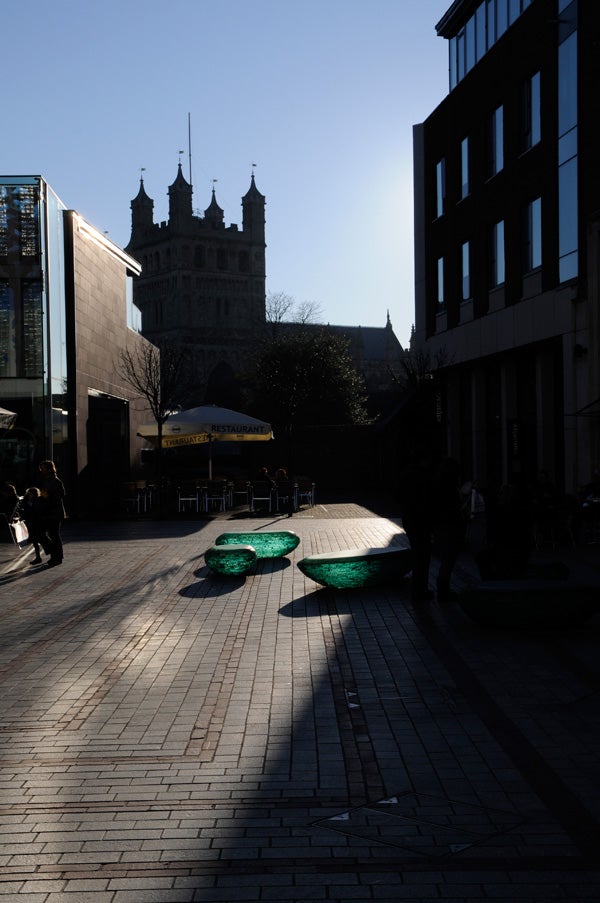
This was shot with the D-Lighting function turned off.
—-
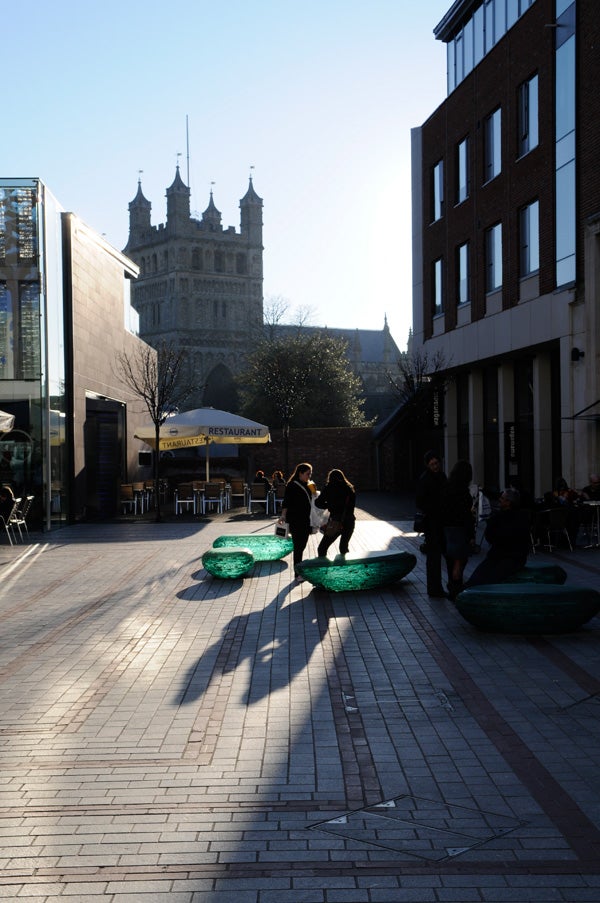
This was shot with the D-Lighting set to standard.
—-
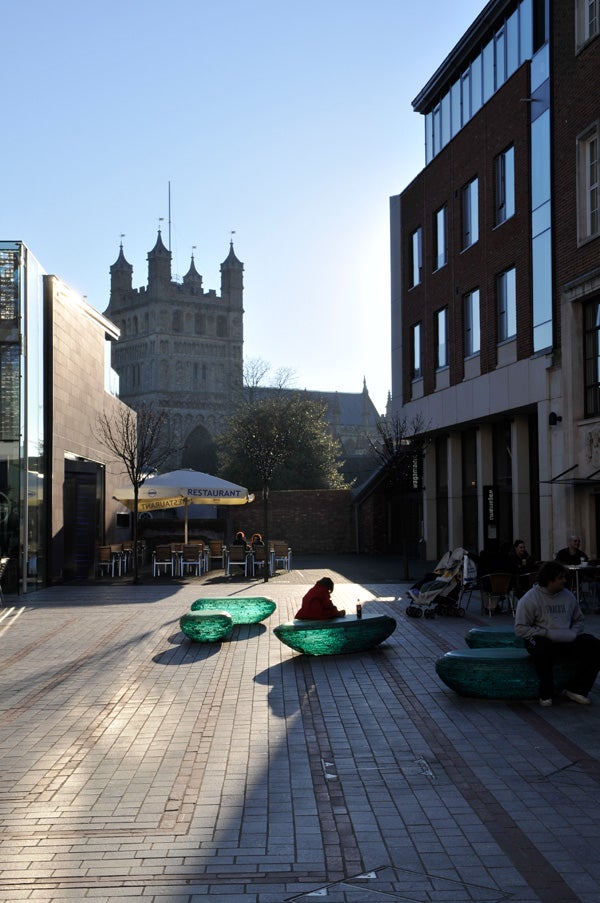
This was taken with the D-Lighting set to maximum. As you can see it has rescued a lot of shadow detail while maintaining the highlights.
—-
”A range of general test shots are shown over the next two pages. In some cases, the full size image has been reduced for bandwidth purposes, and a crop taken from the original full resolution image has been placed below it to show the overall image quality. Some other pictures may be clicked to view the original full-size image.”
—-
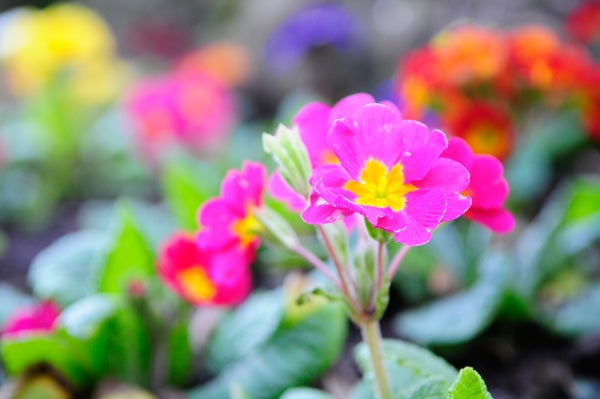
The complex AF system and 1005-point metering have made a good job of this close up.
—-
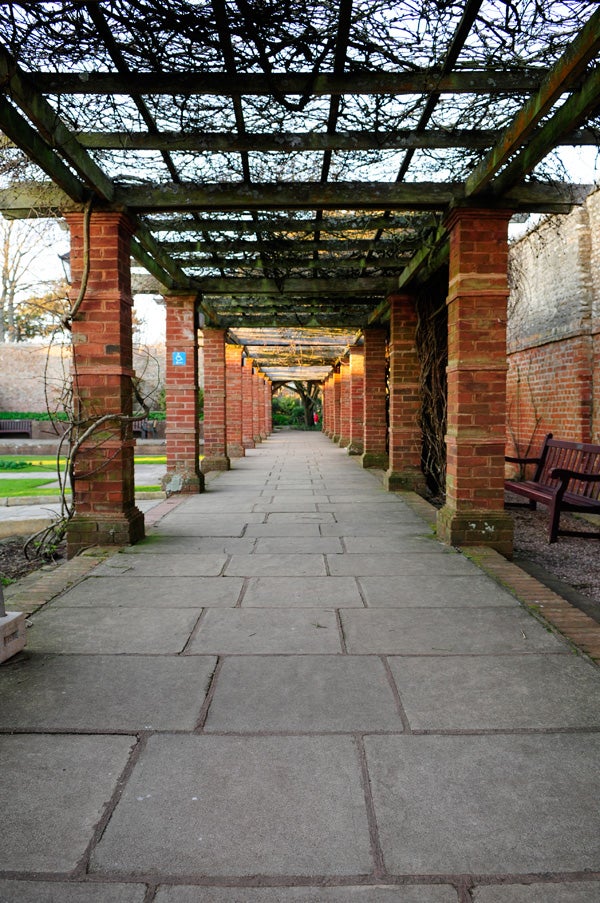
The 17-55mm lens produces almost no distortion at wide angle.
—-
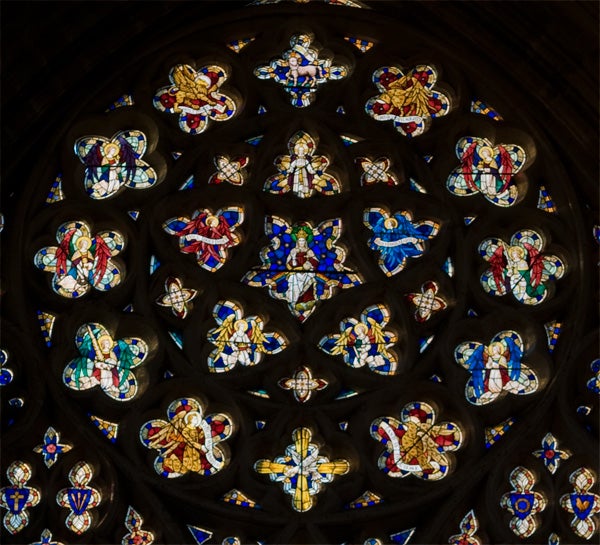
This shot is processed from a 14-bit RAW image. The exposure has been adjusted in post-processing to bring out the highlight details, and the image has been straightened and cropped, but no colour adjustments have been made. Click to see the full-size JPEG converted from the un-adjusted RAW file.
—-
Trusted Score
Score in detail
-
Value 8
-
Image Quality 10
Features
| Camera type | Digital SLR |
| Megapixels (Megapixel) | 12.3 Megapixel |
| Optical Zoom (Times) | Not Applicablex |
| Image Sensor | CMOS |
| Image Stabilisation | Not Applicable |
| LCD Monitor | 3 in |
| Flash modes | Auto Flash, Red-eye Reduction |
| Memory card slot | CompactFlash (CF) Card, Microdrive |

